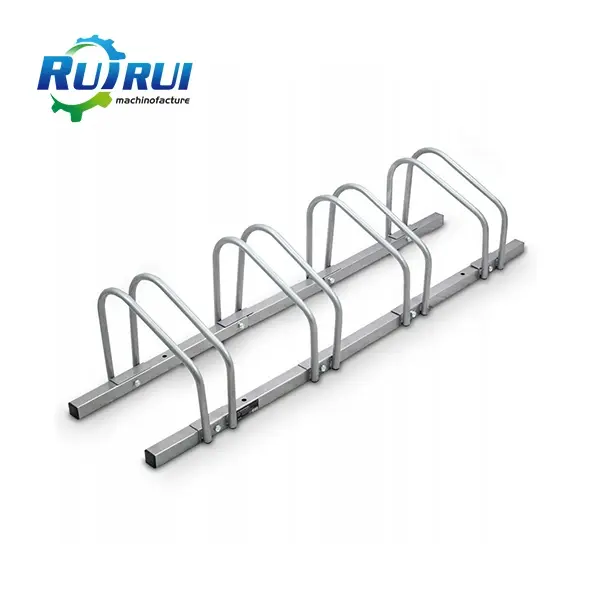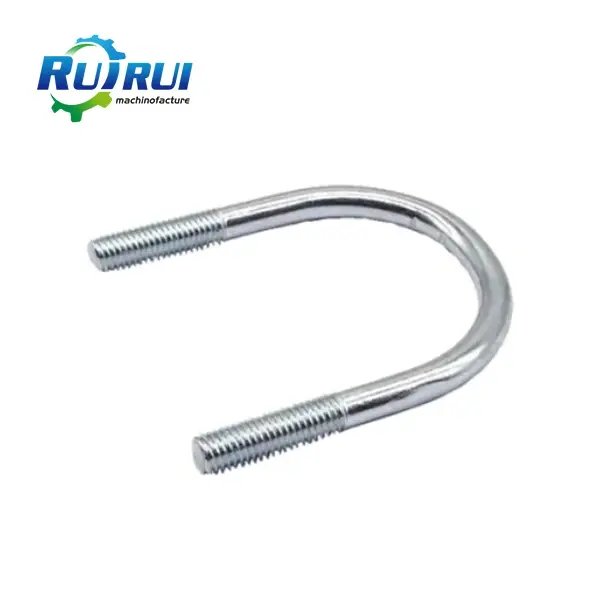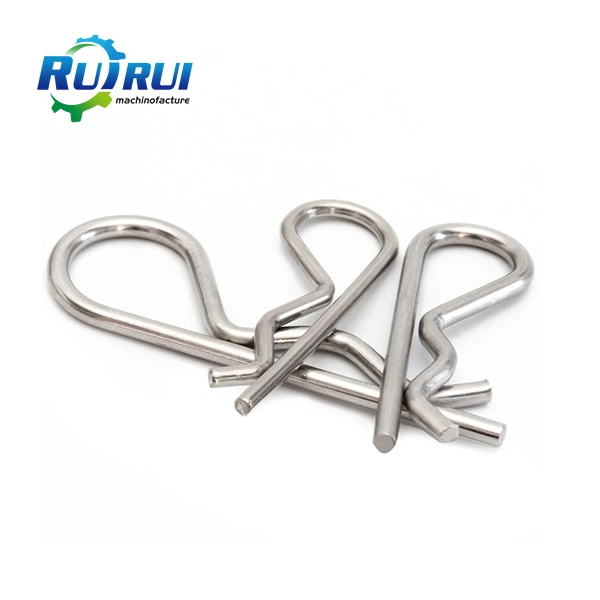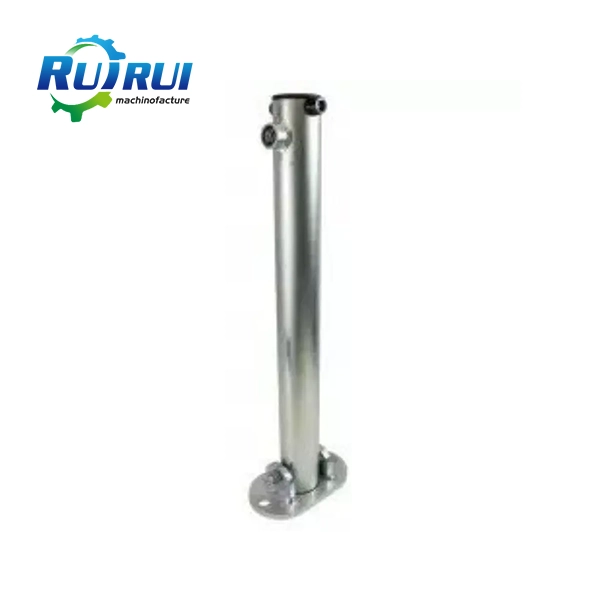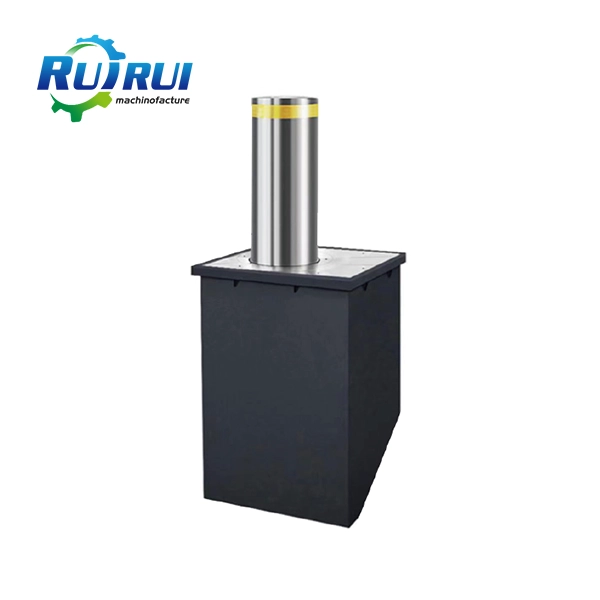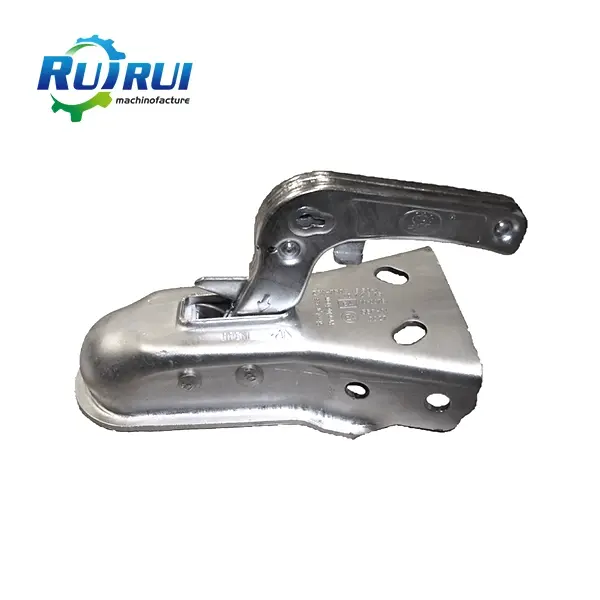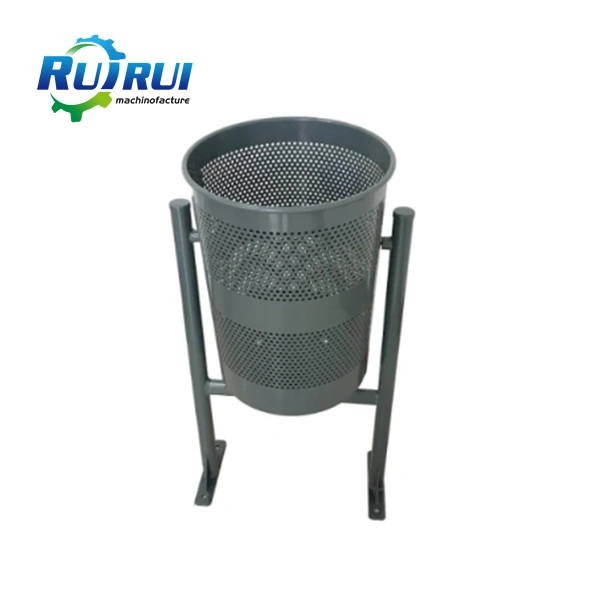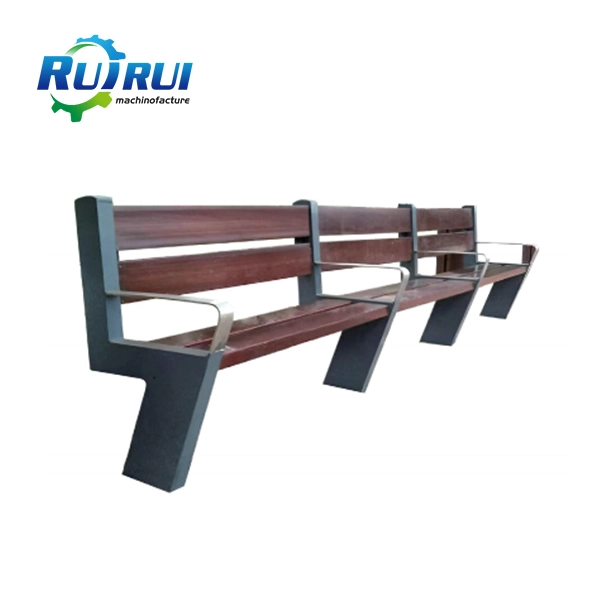What materials are used for street furniture?
2024-09-27 10:27:41
Street furniture plays a crucial role in enhancing the functionality and aesthetics of urban spaces. From benches and bollards to trash bins and bicycle racks, these essential elements contribute to the comfort and convenience of city dwellers and visitors alike. The choice of materials used in street furniture is paramount, as it affects durability, maintenance, and overall appearance. This comprehensive guide delves into the various materials employed in crafting street furniture, exploring their unique properties, advantages, and applications. By understanding the diverse range of materials available, urban planners, designers, and municipalities can make informed decisions to create inviting and long-lasting public spaces that withstand the test of time and use.
Metal Materials in Street Furniture
Steel: Strength and Versatility
Steel is a popular choice for street furniture due to its exceptional strength and versatility. This alloy of iron and carbon offers remarkable durability, making it ideal for high-traffic areas. Street furniture manufacturers often utilize steel in various forms, including stainless steel, galvanized steel, and powder-coated steel. Stainless steel, in particular, boasts excellent corrosion resistance, making it suitable for coastal environments. Galvanized steel undergoes a protective zinc coating process, enhancing its resistance to rust and prolonging its lifespan. Powder-coated steel combines durability with aesthetic appeal, allowing for a wide range of color options to complement urban landscapes.
Aluminum: Lightweight and Corrosion-Resistant
Aluminum is another metal widely used in street furniture design. Its lightweight nature makes it easy to transport and install, while its natural corrosion resistance eliminates the need for additional protective coatings. This material is particularly favored for outdoor seating, signage, and lighting fixtures. Aluminum's malleability allows for intricate designs and shapes, enabling creative expression in street furniture. Moreover, its recyclability aligns with sustainable urban development goals, making it an environmentally conscious choice for municipalities and designers alike.
Cast Iron: Traditional Elegance
Cast iron has been a staple in street furniture for centuries, prized for its timeless aesthetic and robust construction. This material is often used in decorative elements such as lamp posts, benches, and tree grates. While heavier than other metals, cast iron's weight contributes to its stability and vandal resistance. Modern manufacturing techniques have improved cast iron's durability, with protective coatings and treatments enhancing its resistance to weathering and corrosion. The ornate designs achievable with cast iron make it a popular choice for historic districts and areas seeking to maintain a traditional ambiance.
Wood Materials in Street Furniture
Hardwoods: Natural Beauty and Durability
Hardwoods such as teak, oak, and ipe are prized materials in street furniture design, offering a warm and inviting aesthetic that softens urban environments. These woods are renowned for their natural durability and resistance to decay, making them suitable for outdoor applications. Teak, in particular, contains natural oils that protect it from moisture and insects, ensuring longevity even in challenging climates. Oak's sturdy nature and attractive grain patterns make it a popular choice for benches and picnic tables. Ipe, also known as Brazilian walnut, boasts exceptional hardness and density, resisting wear and tear in high-traffic areas.
Treated Softwoods: Cost-Effective Solutions
Treated softwoods, such as pine and cedar, offer a more economical option for street furniture while still providing adequate durability. These woods undergo pressure treatment processes that impregnate them with preservatives, enhancing their resistance to rot, fungal decay, and insect infestation. The treatment allows softwoods to withstand outdoor conditions, extending their lifespan significantly. Cedar, with its natural resistance to decay, is often used in its untreated form for certain applications. While not as long-lasting as hardwoods, treated softwoods present a viable option for budget-conscious projects or temporary installations.
Composite Wood: Blending Sustainability and Performance
Composite wood materials, made from a mixture of recycled wood fibers and plastic, have gained popularity in street furniture design. These engineered materials offer the aesthetic appeal of wood combined with enhanced durability and low maintenance requirements. Resistant to splintering, warping, and rotting, composite wood provides a long-lasting solution for outdoor furniture. Its ability to mimic various wood grains and colors allows for design flexibility while contributing to sustainability efforts through the use of recycled materials. Composite wood is particularly well-suited for boardwalks, decking, and seating areas in parks and waterfronts.
Synthetic Materials in Street Furniture
High-Density Polyethylene (HDPE): Versatile and Durable
High-Density Polyethylene (HDPE) has emerged as a versatile material for street furniture, offering excellent durability and weather resistance. This synthetic polymer is highly resistant to UV radiation, moisture, and temperature fluctuations, making it ideal for outdoor applications. HDPE can be molded into various shapes and colors, allowing for creative design possibilities in benches, trash receptacles, and planters. Its smooth surface resists graffiti and is easy to clean, reducing maintenance costs for municipalities. Additionally, HDPE's recyclability aligns with eco-friendly urban planning initiatives, contributing to circular economy efforts in cities.
Fiberglass: Lightweight and Customizable
Fiberglass, a composite material made of fine glass fibers and resin, offers a unique combination of strength and lightness in street furniture design. Its malleability allows for the creation of complex shapes and forms, enabling innovative and eye-catching designs. Fiberglass street furniture resists corrosion, UV radiation, and temperature extremes, ensuring longevity in various climates. The material's lightweight nature facilitates easy installation and relocation, making it suitable for temporary or seasonal urban installations. Fiberglass can be finished in a wide array of colors and textures, providing design flexibility to complement diverse architectural styles and urban aesthetics.
Recycled Plastics: Eco-Friendly Innovation
The utilization of reused plastics in road furniture addresses a developing pattern in manageable metropolitan plan. These materials, got from post-buyer and post-modern plastic waste, offer a solid and low-upkeep option in contrast to customary choices. The circular economy principles are promoted and waste reduction efforts are aided by recycled plastic street furniture. The material's protection from dampness, bugs, and rot makes it especially appropriate for beach front and moist conditions. Designers are now able to create visually appealing and environmentally conscious street furniture that resonates with eco-aware communities thanks to advancements in manufacturing techniques that now allow for a broader palette. Initially, there were only a limited number of color options, but now there are more.
Conclusion
The diverse range of materials available for street furniture offers urban planners and designers a wealth of options to create functional, durable, and aesthetically pleasing public spaces. From traditional metals and woods to innovative synthetics and recycled materials, each option presents unique advantages in terms of longevity, maintenance, and environmental impact. By carefully considering the specific requirements of each project and the characteristics of available materials, cities can select street furniture that not only enhances the urban environment but also withstands the rigors of public use for years to come. If you want to get more information about this product, you can contact us at info@qdkshd.com.
References
1. "Urban Street Furniture: Materials and Design Considerations" by J. Smith, Journal of Urban Planning and Design, 2022.
2. "Sustainable Materials for Public Spaces: A Comprehensive Review" by L. Johnson, Environmental Science & Technology, 2021.
3. "The Impact of Material Choice on Street Furniture Longevity" by M. Brown, Urban Studies Quarterly, 2023.
4. "Innovative Materials in Contemporary Street Furniture Design" by A. Lee, Design & Materials Today, 2022.
5. "Durability and Maintenance of Outdoor Furniture: A Comparative Study" by R. Thompson, Journal of Materials in Civil Engineering, 2021.
6. "Eco-friendly Street Furniture: Balancing Aesthetics and Sustainability" by C. Garcia, Green Cities Review, 2023.
Send Inquiry
Related Industry Knowledge
- What Are the Different Types of Bollards?
- What Are U Bolts Used For?
- What is a Mounting Bracket?
- What was the purpose of a pump cover?
- What is a pump cover plate?
- How do you maintain or inspect link plates?
- What is the difference between link plates and other types of connectors?
- What materials are used for street furniture?
- What materials are link plates made from?
- What are the different types of bollards?
